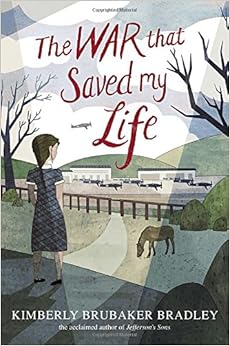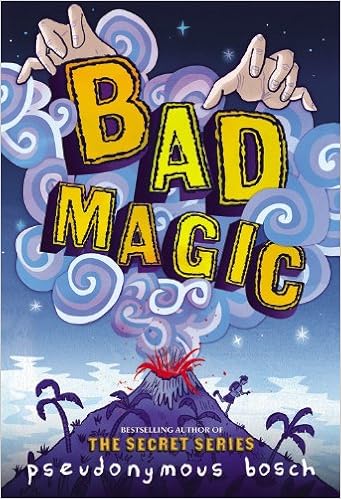 Dime
DimeE.R. Frank
Atheneum, 2015 317 pgs
Grades 9-Up
Realistic Fiction
Thirteen-year-old Dime lives with an abusive alcoholic foster mother in urban Newark, New Jersey. When it becomes no longer safe to stay, Dime runs away. After a cold night on the street she is taken in by a young woman with nice clothes and hot food, who calls herself L.A., to an apartment that L.A. shares with a handsome man called "Daddy". Soon they are joined by sixteen-year-old recovering drug addict, Brandy. Dime falls in love with Daddy, who she believes has saved her and keeps her safe. She continues to go to school, but soon is forced into working at night with L.A. and Brandy: as a prostitute. Dime hates her job, but loves the safety and protection Daddy offers her. Even after she is no longer in love with Daddy and sees him for the master manipulator that he is, she still sees no other way out of her situation. The only solace Dime finds is at the public library where, through the kindness of a librarian, she discovers To Kill a Mockingbird and The Color Purple. After a particularly horrific trip down south Daddy buys an eleven-year-old girl to add to his stable, eventually returning to their old life in Newark. Dime feels compelled to tell the story of the girls and write it all down (the results being the book we are reading) and tries to figure a way out of her hopeless and powerless situation.
Psychotherapist, Frank, is an expert in adolescent trauma and capturing the experience into words. I read America many years back and both loved it and hated it. The same goes for Frank's latest book Dime. This is such an uncomfortable and difficult book to read, especially for someone who works with teenagers and has two of them living in her home. That said, it is exquisitely written. Frank manages to find Dime's voice and maintain it throughout the book. At times Dime tries to narrate the story using the other girl's voices (also well captured) and even at times uses "money" , "truth", and "sex" as narrators (a device made popular through The Book Thief). The book is beautiful, disturbing, and impossible to put down. I found it particularly relevant since it is set in Newark, just down the road from the comfortable suburbs that I work and reside in. Frank's intention is to give a voice to the voiceless, raise awareness about teen prostitution and human trafficking, and maybe reach kids stuck in a similar situation to let them know that they are not alone. Resources in the back can lead teenagers to agencies that can help them and an extensive bibliography can help the reader to learn more about this terrible practice happening at our backdoor and under our noses. This book reads quickly and would be a great high quality choice for reluctant readers. Please be aware: the subject matter is VERY mature and graphic and many teenagers (and adults like me) will find it disturbing. I love that Frank has offered solace in the form of books and the library as a sanctuary. The only truly kind person to Dime was a librarian who breaks the rules to let her borrow a book and recommends life changing titles. I want to be that librarian and this book inspires me to keep my eyes and heart open to perhaps make a difference in a young person's life through the power of books.





